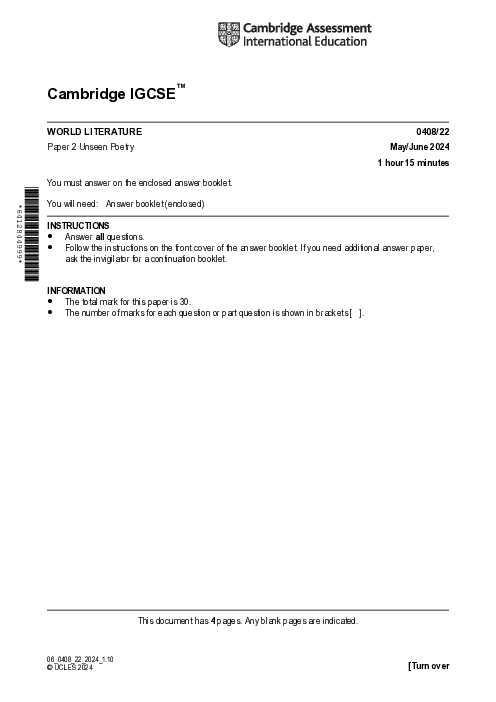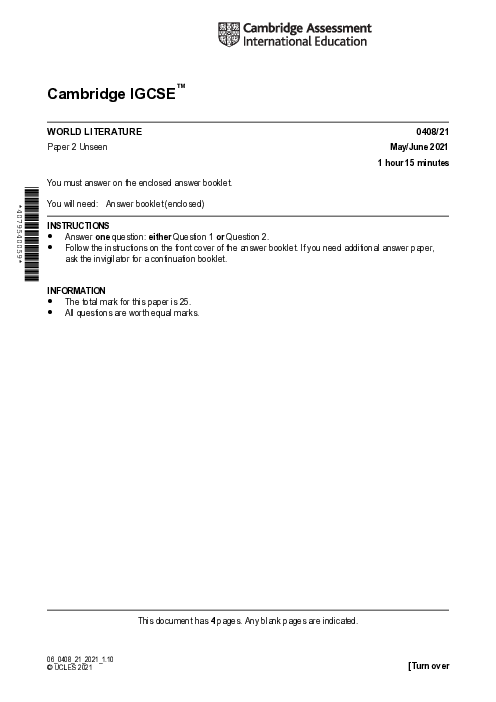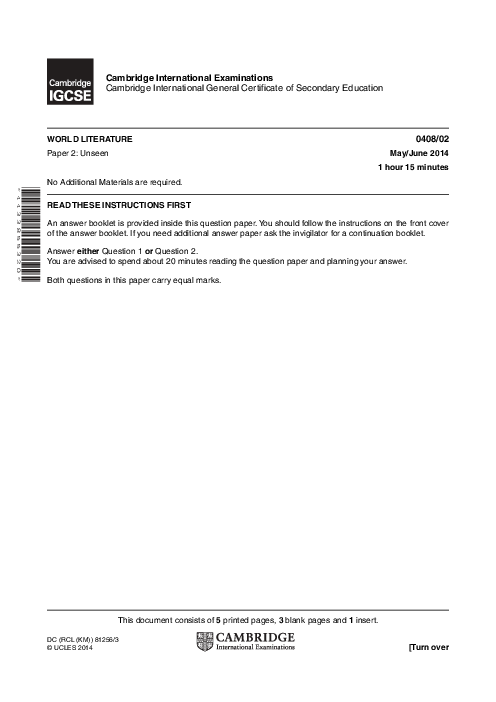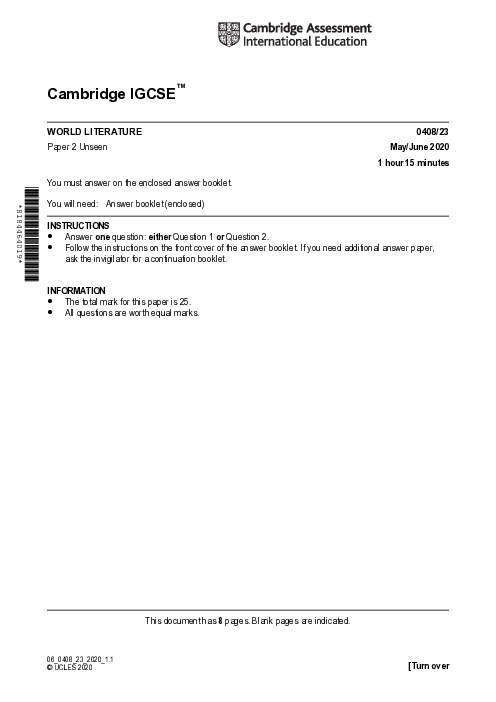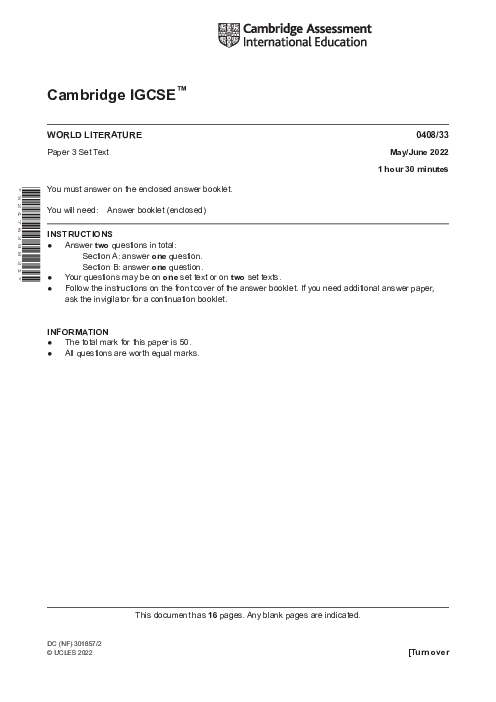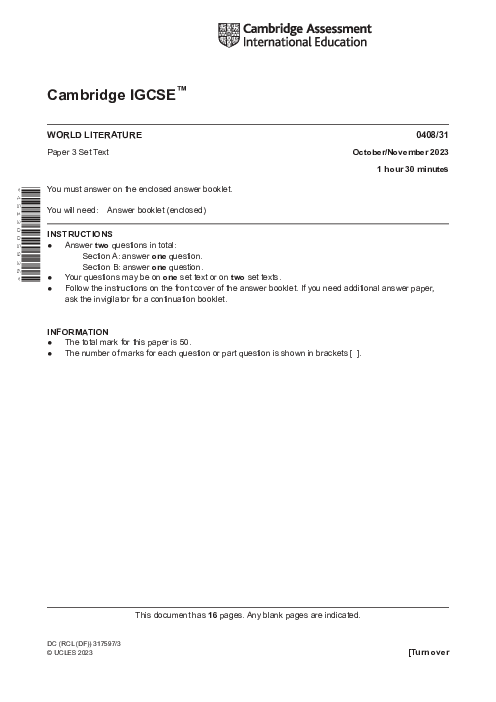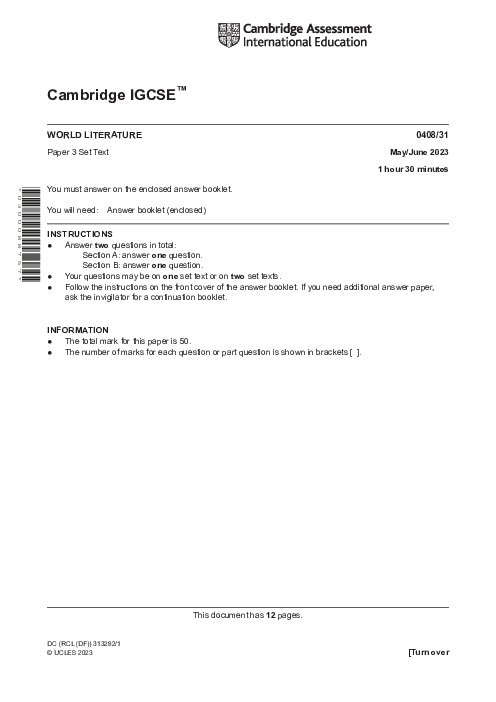How do World Literature works use magical realism as a narrative technique, and what cultural contexts often accompany this literary style?
پاسخ ها: {{ repliesNum }}
پاسخ انتخاب شده
در پاسخ به: {{ reply.reply_to.name }}
در پاسخ به
این پیام حذف شده است.

